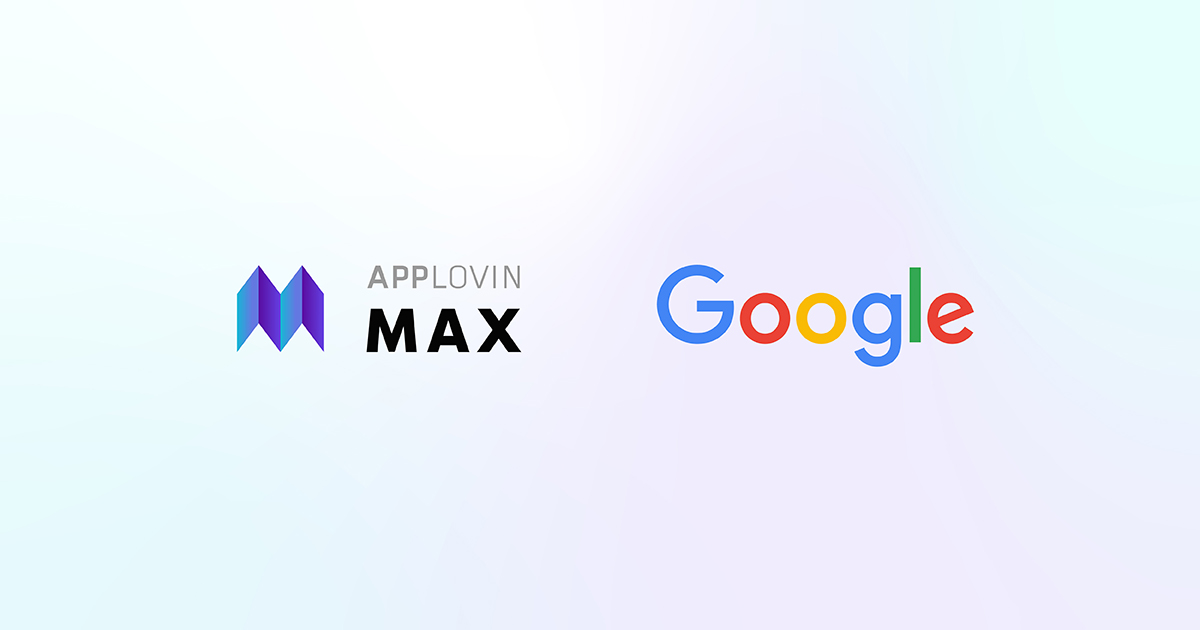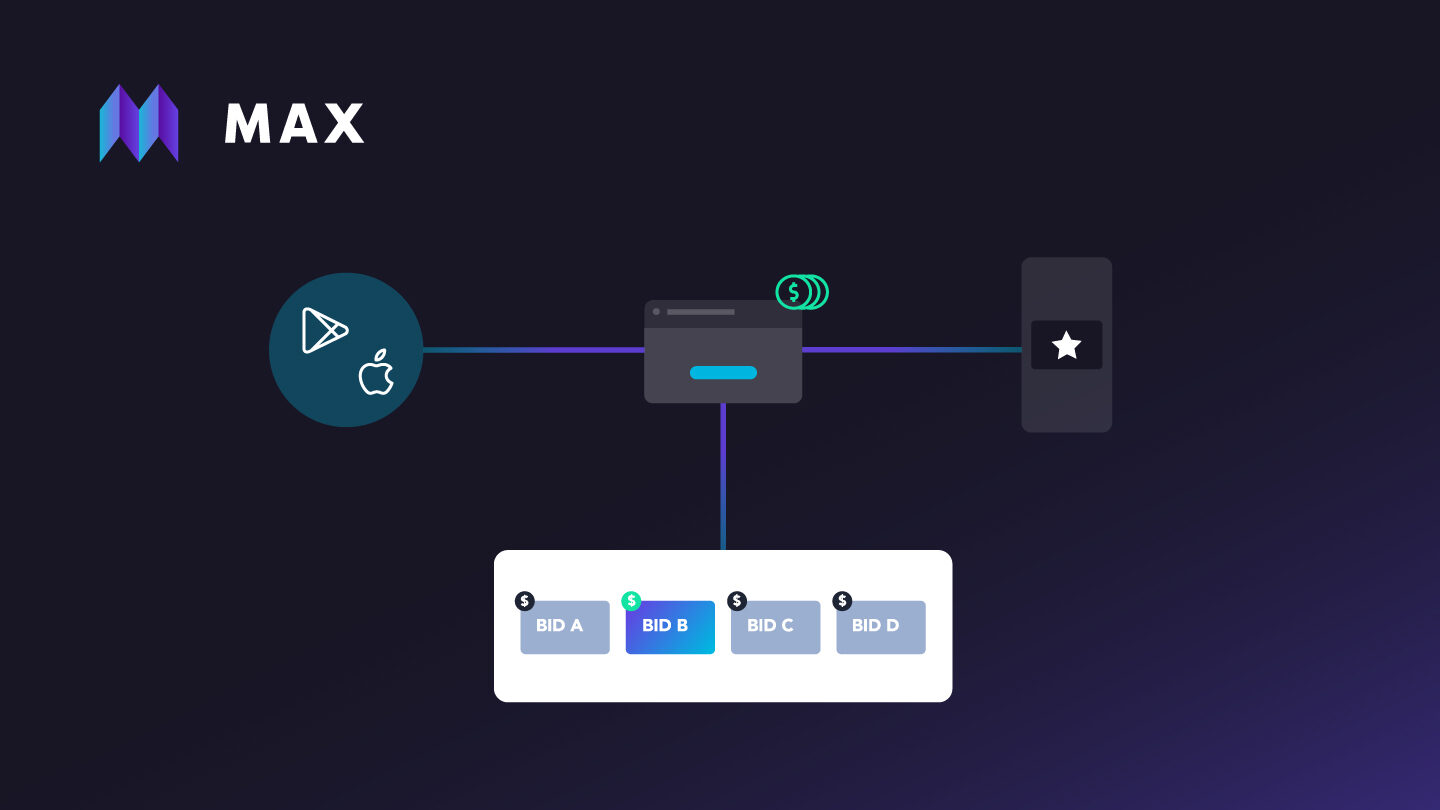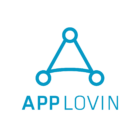
App Monetization 101: How to Build a Sustainable Revenue Stream
In a competitive mobile app market, it takes real time and effort to master quick, sustainable revenue generation and profit growth.
Maximizing revenue means consistently testing, adjusting, and improving your monetization strategy — and you must do it while still delivering the best possible app for your users. So, how will your app succeed? First, let’s see what you’re up against.
4 key developer challenges
- Finding the right users — You want to attract users to generate revenue, but not just any user. They must be high-value users that will consistently engage with your app.
- Gaining better visibility into user experience — You want to understand your users’ behavior so you can maintain long-term retention and continually monetize that existing user base.
- Moving quickly while testing — You need to test quickly and efficiently to help eliminate long QA processes.
- Removing inefficiencies — You want to automate as much as possible, and minimize time spent manually optimizing waterfalls to gain a small revenue increase.
Finding consistent growth and profitability starts with understanding monetization models.
Monetization models
Let’s take a look at the various monetization models to better understand them and determine which one might be right for you.
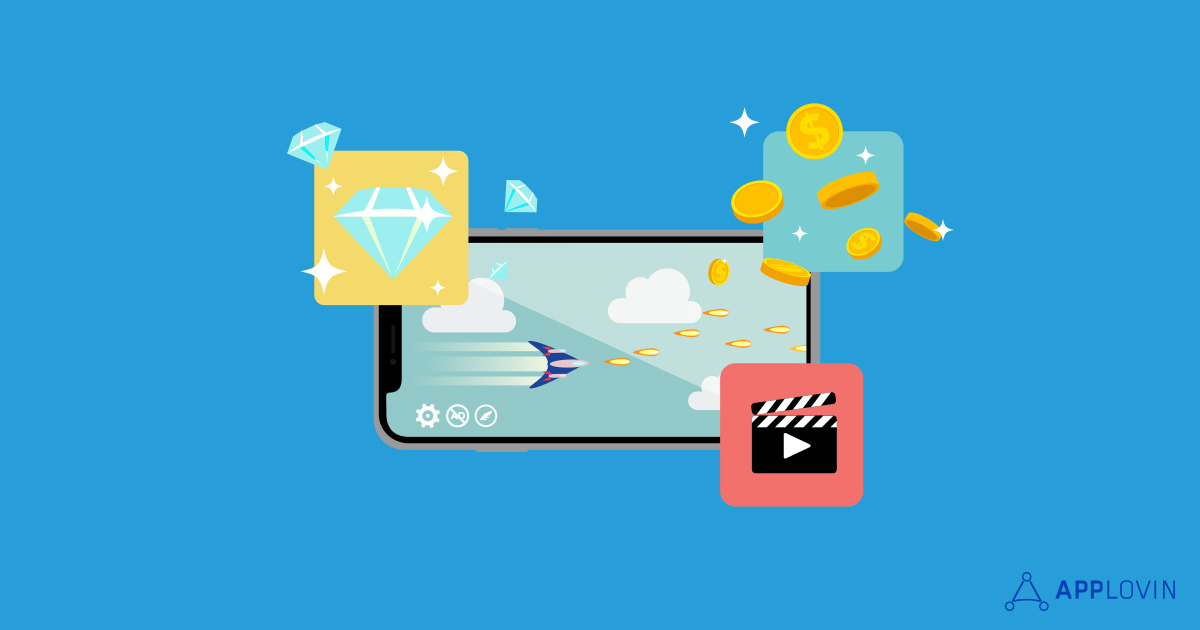
In-app advertising
In-app advertising effectively makes your app free for users who wish to download and use it. In this model, the goal is to acquire a large user base, collect data from it, and filter and sell that data to publishers who will serve relevant, meaningful ads to that same user base. Developers earn revenue each time a user clicks on an ad or installs the app that is being advertised.
Over time, in-app ads have become more sophisticated and intuitive. Some include animations and videos, while others provide an even more engaging interactive experience. Playable ads are a great example of this — they allow users to try a game or app before downloading it.
In-app ads earn more engagement because they integrate seamlessly with the app. For example, in a mobile game you could serve an interstitial ad that appears in between levels. Or, you can also offer a rewarded video that gives users the option to engage with the ad in exchange for a reward, such as extra lives or in-game currency.
Whichever ad format you choose, it is also important to practice caution with how often these kinds of ads will be served to your users, as too many immersion-breaking moments could lead to app abandonment. Learn more about the different kinds of ad formats.
In-app purchases
Sometimes called the “freemium” model, selling features, functionality, new experiences (in a game), or other ‘premium’ content is called in-app purchase (IAP) monetization. In this model, the app user pays real-world money to unlock additional features, i.e. extra weapons, time, levels, or cosmetic items in a game. Free to download apps commonly use in-app purchases to monetize their user base.
Prompts to purchase items are often shown when a user needs help. For a game, in-app purchases are typically designed to make it faster/easier to advance in the game. They can be an important source of revenue for publishers, but balancing IAP is critical. If a game feels like it’s too hard (or impossible) to advance without spending money, then you’re more likely to lose a user than to get revenue from one.
Many games and most dating apps are monetized through IAP, providing upgraded features for a one-time purchase — or sometimes, a subscription (see below).
Subscription
Also sometimes called a paywall app, a subscription monetization model requires users to pay a monthly or yearly fee to use the app or unlock premium features.
Subscription apps rely heavily on customer retention, which means they need to continue offering new ways for users to engage with their app and service. This type of model generally works best in certain verticals, like health and fitness, news, or dating.
Paid app
This monetization model is simple: users make an immediate, one-time payment to download and use the app. Or, the app might be available as a trial to start, giving users the opportunity to try the app for a limited time before paying for it.
The upside to paid apps is higher revenue per download — but with so many free apps available, competition is especially fierce. 96 percent of Google Play apps are free and 92 percent of Apple Store apps are free, so paid apps must offer exceptional value, features, and/or unique functionality that would otherwise be difficult to find in a free app.
Hybrid monetization
Today, many developers use a hybrid monetization approach to make money, using two or more of the monetization methods mentioned above. Hybrid monetization gives your target audience more ways to engage — in-app purchases, ads, and more — which can help you expand revenue streams to build sustainability and ultimately help improve and maximize lifetime value (LTV) — and reap higher profits.
Watch our short video that explains more on what this approach entails:
How to choose the right monetization solution
Now that you understand fundamental app monetization models, let’s talk about some of the features and tools in a monetization solution that will help simplify your day-to-day work while also providing incremental improvements to optimize your monetization further.
The following features that help drive positive change and maximize growth:
- Ad transparency — Knowing which ads are converting, which ads need improvement, and why that might be the case can help you continually optimize your ads for better returns. For example, MAX’s Ad Review shows you which ads users see in your apps, and offers complete control over the ads that are being shown — giving you insight into top-performing creatives and helping you better understand what is working and what isn’t.
- A/B testing — A/B tests prove one iteration of your app against another to provide you with valuable insights into user behavior and how/why they are converting while analyzing your app’s performance. Refer to 3 Solid Tests for A/B Testing for more about how to boost revenue with A/B testing.
- Automation — Through automation, you can reduce manual work, which allows your team to efficiently manage its resources.
- Accurate analytics — Data is a crucial tool to reduce guesswork to measure the success and effectiveness of your campaigns. The most comprehensive data possible will be found on your chosen analytics platform.
Monetization in action
CookApps, a studio based in Seoul, Korea, needed a better way to monetize their portfolio of 140 apps. The team wanted to improve their advertising revenue, and after implementing AppLovin’s software solutions, they achieved an 800 percent revenue increase across all 140 of their apps.
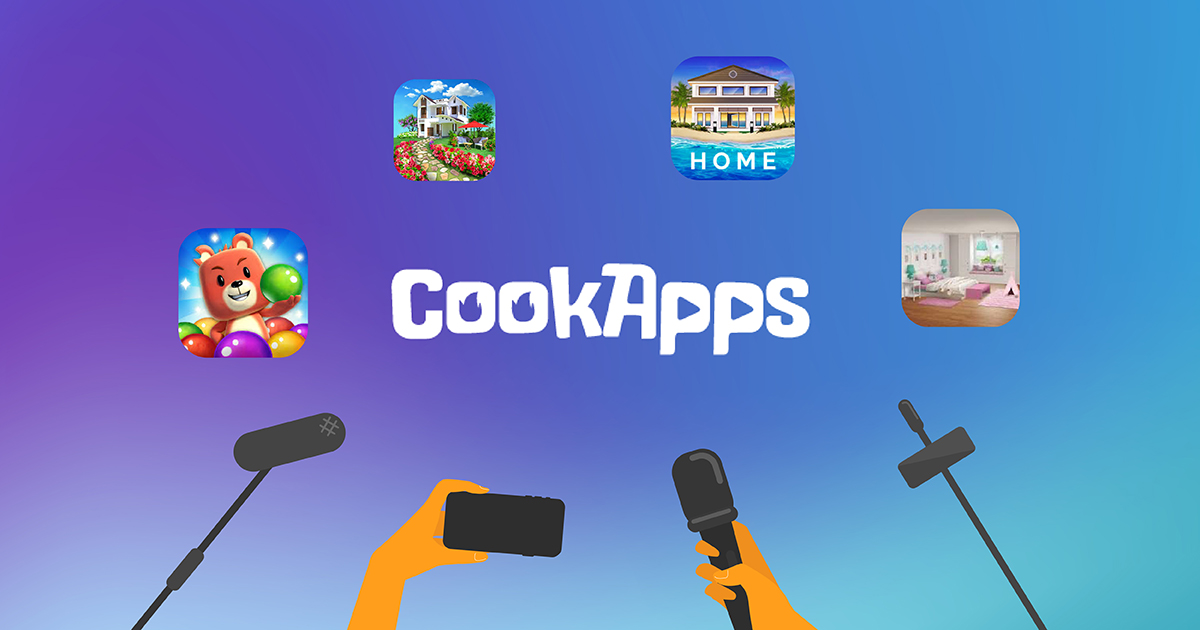
In addition, they saved time—having 140 games means there are over 8,000 line items to manage on their mediation platforms. AppLovin’s in-app bidder, MAX, helped them reduce their manual workload and automate the process. This also provided more time for the team to efficiently manage their A/B tests, which allowed them to optimize their monetization stack.
Watch our on-demand webinar about maximizing your LTV by automating manual work so you can focus on building, testing, and launching great games.
Start improving your monetization now
There are many different ways to monetize and grow your app. AppLovin offers a 360-degree approach to scale your business through our Growth Suite. Our comprehensive software solutions enable developers to:
- Get their apps discovered and downloaded by the right users
- Optimize return on marketing spend
- Maximize revenue with in-app bidding
Our software’s recommendation engine — AXON — uses machine learning to match you with relevant users that are most likely to download and engage with your app. AppDiscovery helps find the right users at scale, and seamlessly integrates with our in-app bidding solution, MAX.
AppLovin’s in-house creative team, SparkLabs, delivers top-performing creatives to further grow and support your UA efforts.
Combine these solutions to positively impact your bottom line and get started with AppLovin today.
